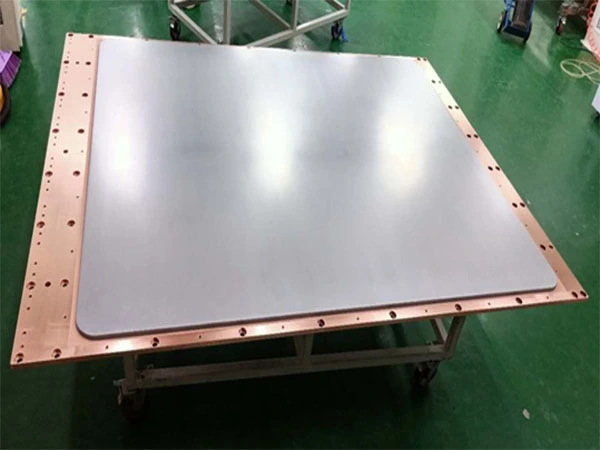Molybdenum target bonding involves the process of joining a molybdenum target to a backing plate, creating a strong bond that can withstand the high-temperature and high-stress environments required for sputtering applications. The operating principle of molybdenum target bonding depends on the specific bonding method used.
One common bonding method is brazing, which involves heating a filler metal above its melting point but below the melting point of the base materials, allowing it to flow and join the materials together. This creates a strong, permanent bond that can withstand high temperatures and stresses.
Another bonding method is diffusion bonding, a solid-state welding process that uses heat and pressure to join the materials, allowing atoms to diffuse across the interface and form strong bonds.
Explosive bonding is a bonding method that creates a high-speed collision between two pieces of metal, causing them to bond together. This provides a strong bond that can withstand high temperatures and stresses.
The specific bonding method used depends on factors such as the size and shape of the target, the type of substrate, and the intended application. Overall, the operating principle of molybdenum target bonding involves creating a strong, permanent bond between the target and backing plate to withstand the harsh environments required in sputtering applications.


 EN
EN

















